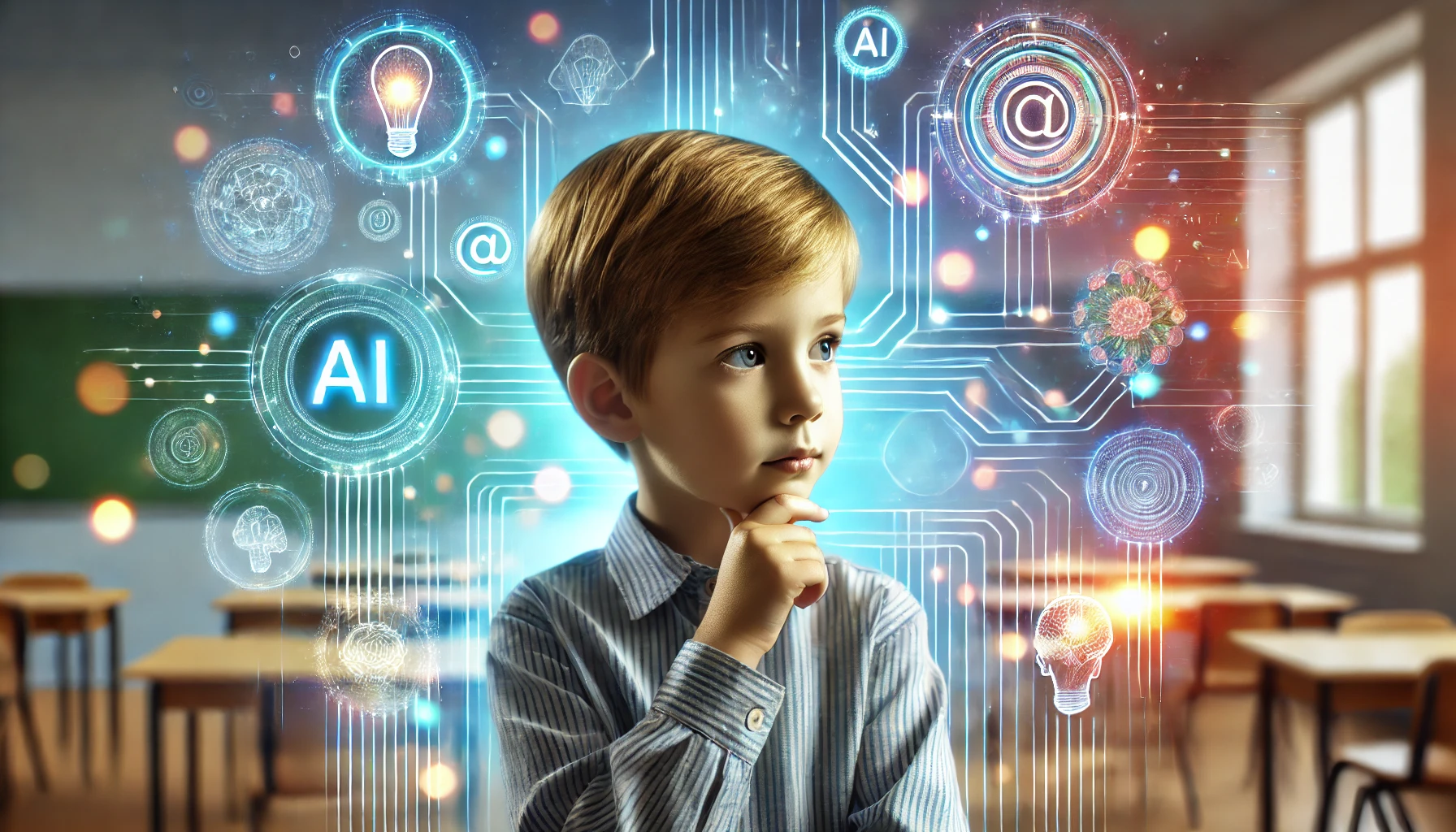"Abe Lincoln learned by firelight and candlelight, and he still became president of the United States." While we don't need our children studying by candlelight, this reminder speaks to an essential truth: the fundamentals of human development transcend our tools. At the same time, why should we learn without the best resources?
We must face reality: our children will use AI tools regardless of our preferences. Rather than resist this inevitability, we have an opportunity—and responsibility—to guide them in using these powerful tools while developing the human capabilities that matter most in the workplace.
What's fascinating about the current AI revolution is that even its creators don't fully understand how their tools work. We're literally "building the airplane while flying it," as I often tell my colleagues. This presents a unique challenge for parents, educators—and employers: How do we prepare children for a future that's impossible to predict?

In hiring for my companies, I've seen that it's not about teaching specific technologies, but rather cultivating key traits that help people thrive in environments of constant change. Resourcefulness, curiosity, emotional intelligence and creativity are things no machine can replicate yet. Interestingly, I see these traits coming alive in my own daughter's Waldorf classroom—she started in the Parent Child program and is now in first grade. The hands-on, imagination-rich environment means she's developing exactly those "essential skills" I believe she might miss in a more rigid educational setting. Her daily experiences illustrate how encouraging play, experimentation, and open-ended problem-solving lays the groundwork for thriving in a future driven by AI.
🔍 Resourcefulness and Working Without a Manual
The most successful innovators can figure things out without step-by-step instructions. As I've experienced in building AI applications (and in supervising employees who do so), the ability to explore, experiment, and learn through trial and error is invaluable. We can nurture this by encouraging children—and future hires—to tackle open-ended projects and solve problems creatively.
🧠 Persistence and Curiosity
When I built my first AI application, I had no coding experience. What carried me through was a combination of curiosity and what I call "brutal persistence"—the willingness to keep going despite frequent setbacks. I look for those qualities in potential employees, and our children need to develop the same resilience, understanding that failure is part of the learning process.
💡 Problem-Solving and Critical Thinking
In my work, I've observed that the best innovations come from people closest to the problems they're trying to solve. We should encourage children to identify challenges in their world and think critically about solutions, rather than always providing answers. This fosters the exact type of thinking I look for when building teams.
🎨 Creative Thinking
While AI can generate variations on existing patterns, truly original ideas come from human imagination and insight. Encouraging creative expression helps develop this essential capability.
🗣️ Communication and Delegation
As AI tools become more sophisticated, the ability to clearly articulate ideas and effectively delegate tasks (even to AI) becomes crucial. Children need practice in clear communication and understanding how to break down complex tasks, which is something I value in my employees.
💻 Technical Literacy
While deep technical expertise isn't necessary for everyone, a basic understanding of technology empowers children to become confident users and shapers of technology rather than passive consumers. In my hiring, I look for people who show comfort with both the big ideas and the tools themselves.
👁️ Attention to Detail
In working with AI, I've learned that the quality of output directly relates to the clarity and precision of input. Teaching children to be precise in their thinking and communication will serve them well in an AI-enhanced world—and in my companies, attention to detail is a must.
Businesses increasingly value employees who combine basic technical capability with creative thinking, emotional intelligence, and problem-solving abilities. Our goal as parents and educators should be to strike that balance—enough technology to know the tools, but not so much that it allows lazy thinking or a descent into addictive elements driven by big tech. Consider this approach: Rather than having AI write an essay for them, students might first develop their own thoughtful draft, then potentially use AI as a tool for refinement—asking questions like "What could make this stronger?" or "What perspectives might I have missed?" This maintains the essential human creative process while teaching responsible tool use.
The world our children will inherit will be transformed by AI, but the essential qualities that make us human—our creativity, resilience, problem-solving abilities, and capacity for innovation—will become more important, not less. By nurturing these fundamental capabilities while teaching responsible engagement with technology, we prepare children not just to survive, but to thrive in the AI age, helping to shape a future that remains deeply and fundamentally human.
Originally published in Waldorf School Renewal National Magazine Spring 2024.
About the author: Rob Wray has a six-year-old who started in the Parent Child classes at the Waldorf School of Baltimore and is now attending first grade. Wray founded and grew three companies in industries ranging from EMR and digital radiography deployment, to automotive software, and most recently e-commerce data science. He founded WBX Commerce in 2013, which raised $55M in venture capital and grew to 500 employees in three states. Wray is currently advising startups with Johns Hopkins Technology Ventures and working on company number four.